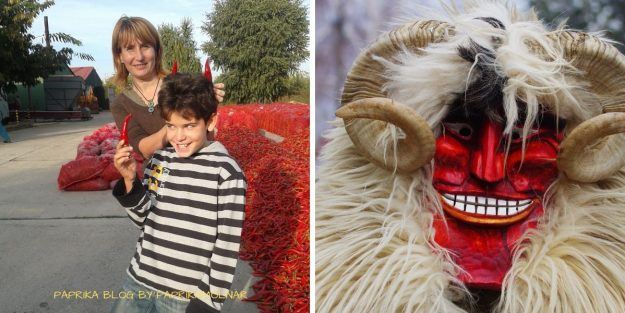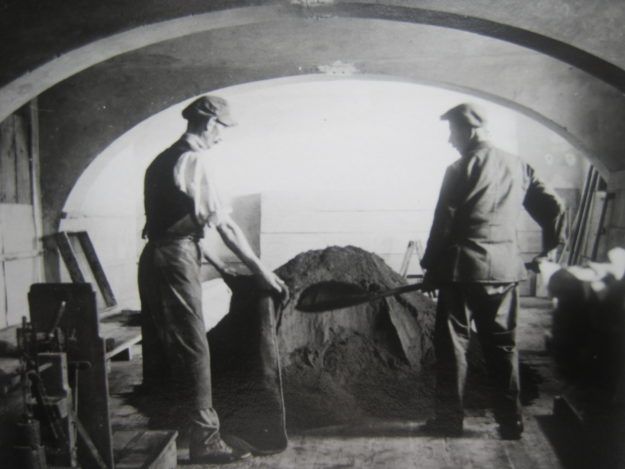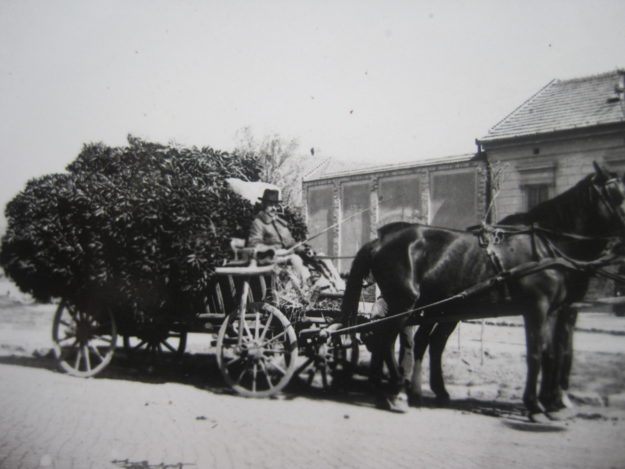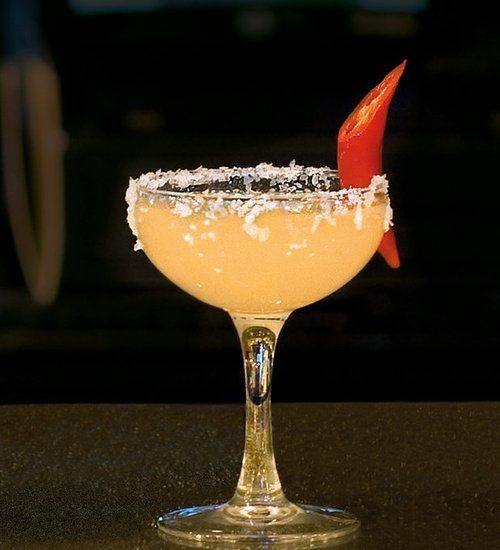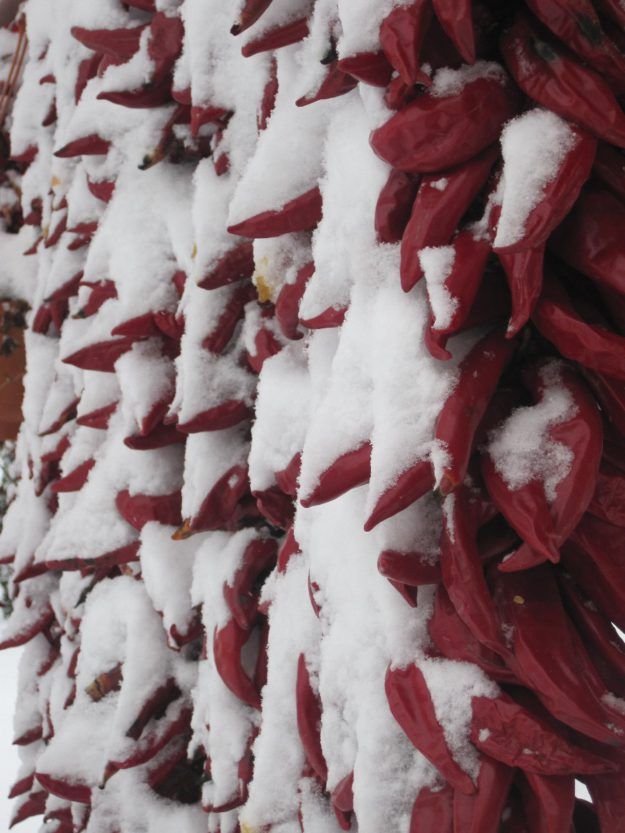Paprikamalom tulajdonos, paprikatörténeti múzeum alapító
Carnival season has been traditionally a long period of laughter and dances at the end of winter. It lasts from the Christian feast day of Epiphany on 6 January to Ash Wednesday, which ushered in the 40-day period of fasting before Easter. The timing for carnivals was right as in January and February the agricultural…
The very first museum piece in PaprikaMolnár’s Paprika Museum was the Szánthó family’s entire business and family documents, as can be read in an earlier article. The Szánthós ran a wheat and paprika-mill for two generations in Szeged-Szentmihály. The documents from a hundred years ago offer interesting insight into local and paprika history. Mihály Szánthó…
Paprika is in the air is the title of a collection of essays, short stories and articles written by Zsigmond Móricz, early-20th century writer and columnist. Móricz was non-native to Szeged and the stories reflect his visions and experiences of Szeged the city and its people between the 1910s and 1930s. In August 1936 he…
I’d like to wish a happy and blessed new year with this beautiful old Scottish poem, retold by Robert Burns in the 18th century and sung all over the world, even by non-English speakers: Should auld acquaintance be forgot, and never brought to mind? Should auld acquaintance be forgot, and auld lang syne? …
The photos below of snow and paprika I took a few years ago. Even though the snow is gone by now, the photos convey a sense of festivity we are having over the winter holidays in PaprikaMolnár’s Paprika Museum, Röszke, Hungary. Wishing you good health, success and happiness for the coming year!
Advent is celebrated in many ways. A hundred years ago it was natural to devote this time to waiting and preparing for Christmas. It was a time to prepare the soul for celebration and through fasting to prepare the stomach for the feast. By today, the festive season has lost much of its religious content.…
The history of Szeged and paprika have been forever linked together thanks to the local Franciscans and Nobel Prize winner Albert Szent-Györgyi. Another emblematic figure, though much less known, is chemist and paprika researcher Ernő Obermayer who was born 130 years ago, on 13 December 1888. Obermayer, a chemistry graduate from Budapest, was the first…
How did we go from getting a bunch of papers to actually building a museum? How did it all begin? What set the idea off was when my father, Albert Molnár, bought several thick folders with neatly organized documents in them. The papers had once been the property of the Szánthó family who ran a…
Saint Andrew’s day on the 30th November is nearing. In olden times this day was special for girls because on the eve of the day they could predict their future husband. For farmers in general, however, it had a more universal significance: it marked the end of the agricultural year and as cold weather set…
PaprikaMolnár has just finished drying the freshly picked paprika fruits. The first grinds are ready and we have stocked up for winter. So it’s high time I did an assessment of this autumn’s harvest now. Every paprika year is different and there’s always something that surprises the farmer and the processor. This year the rainy…
World War I – or, as it was called then the Great War – ended a hundred years ago. The war was ignited by the tragic event on 28 July 1914, when Archduke Franz Ferdinand and his wife were assassinated in Sarajevo. The Balkan powder keg exploded and various conflicts within Europe escalated into war,…
Zsigmond Móricz, early-20th century writer and columnist visited Szeged in 1913. Szeged was a new and upcoming town then, just barely rebuilt after the Great Flood. He loved to sit and talk to local people, seek out what they were like, what made them Szegedi. In his prose collection called Paprika is in the…

